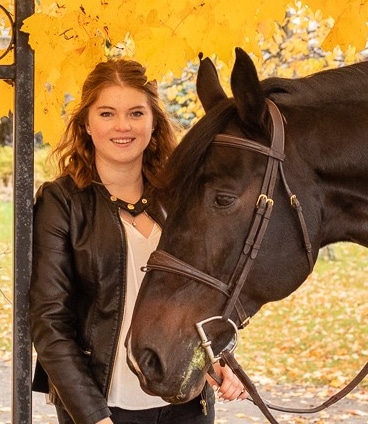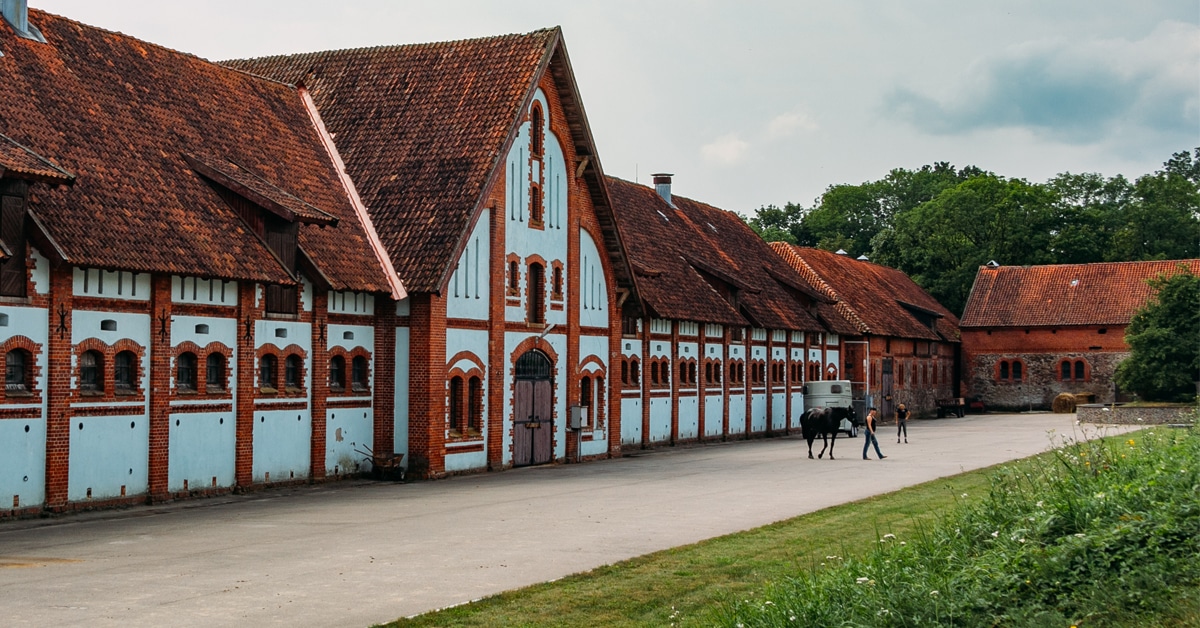When making a plan to try horses in Europe, you have many things to consider before booking a plane ticket, and how you decide to go about horse shopping can determine how successful you are.
First, you need to be able to have full trust in the person you are working with. If you don’t, you run the risk of ending up with a horse that was not exactly what you tried or outright falsely advertised.
Who you decide to trust can depend on many things; it may be someone you know, someone you once took the chance on and now fully trust, or it may be a connection through somebody else. Regardless of who they are, there are two main categories of people you may be working with and although they could both provide you with many good options, there is a major difference between the two.
The Dealer
The first one isn’t really a new concept to trainers in North America: The Dealer. A dealer is usually a sales stable that is run by a rider or coach. These barns can sometimes be known for finding a diamond in the rough and if you are lucky you may find a super-special horse for a very reasonable cost.
However, these barns also are known for taking the horses that others have had trouble selling. This can sometimes be a great thing ‒ if you get lucky and find a suitable horse for a reasonable price it’s amazing ‒ but most of the time that means these horses have little things about them that have prevented them from being sold in the past. Are these problems a deal-breaker? It depends on what you can live with. Many horses go through dealing barns and find jobs where they make their new riders very happy.
We recently bought a very special horse from a dealing barn, and we got very lucky with this particular horse. However, we have learned over the past couple of buying trips that sometimes dealing barns aren’t the ideal way to find horses. They are great at giving you the convenience of having five to 10 or more horses to try at one barn, but these horses may not be very specific to what you need and you’ll probably have to try a lot to find one you like.
The Agent
Luckily, there is another option: Agents.
Agents are someone you know or someone who has probably been recommended to you by a fellow trainer. These agents spend days sitting by the ring watching horses show and keeping track of the nice ones. They quite often are able to follow a horse from its young horse classes to competing at the higher levels. Because of this, agents are able to recommend and stand behind horses and because they have their own reputations to worry about, they normally won’t recommend a horse unless they are exactly as advertised.
Quite often agents and dealers work together. Agents work with clients and take them to barns to try horses that they think would suit their needs. Agents have dealers they like to work with and trust, but the best thing about adding an agent into the mix is you have someone working on your side who knows the people and horses you’re dealing with.
Budget
It’s important to determine a budget range and then determine what kind of horse this can get you.
I have recently experienced that top junior/amateur horses are currently worth their weight in gold and can be quite expensive to obtain. But there are still other options if those kinds of horses aren’t in your budget. You can still find horses with talent without spending big money.
In order to do this you sometimes have to get creative with the people you work with, where you shop, and the type of horse you’re looking for. First, your location and agent/dealer can affect the budget and sometimes it is necessary to shop in countries or barns where others don’t typically go. Countries including Germany, Belgium, The Netherlands, and France have experienced a rise in the cost of horses, mainly because of the auctions that took place during COVID and forced the market into a higher price point. That being said, it is still possible to find affordable, high-quality horses depending on who you work with and where you look ‒ lesser-known barns and breeders, or countries such as Ireland or Eastern European nations.
Another important thing to consider is what type of horse you are looking to buy. Experienced and talented horses can have a hefty price tag, but often you can find affordable younger horses with the same talent, just not the same experience level.
Vetting
When purchasing a horse, it is important to do a Pre-Purchase Exam (PPE) and check to make sure the horse you are buying is sound. A PPE usually consists of flexion tests, x-rays, blood work and a final opinion by your vet. The extent of the PPE can vary based on the age of horse, the purpose of the purchase, what you intend to do with him (lower-level dressage, grand prix jumping, etc) and what you are comfortable with.
Some people want to know everything and therefore do a very thorough PPE. Others are okay with taking more of a risk, or may be purchasing a younger horse that might not come with as many issues. However, the blood work portion of the PPE is extremely important in case certain blood tests come back positive which would prevent the horse from entering Canada or the US.
It is always best to coordinate your expectations/concerns with a vet whom you feel comfortable with.
Export/Import
Another important part about horse shopping in Europe is considering the implications of export/import logistics. This adds a huge expense onto the purchase price of a horse and increases the time it takes to land the horse in Canada.
Import costs and requirements change depending on if the horse is a mare, gelding or stallion. Geldings are, by far, the easiest to import, with an import cost of approximately $12,000 CAD. They also have the shortest quarantine period which could be as little as two or three days, depending on where you fly to. The last time we imported a gelding it was at our farm within a week from when it left Europe.

Kieley McQuaker.
Mares and stallions become a bit more complicated and expensive. The cost of importing them is increased to approximately $15,000+ CAD. They also have to quarantine for at least two to three weeks due to requiring more reproductive testing that takes longer to receive results.
The last thing to remember is that when the horse crosses the border into Canada you will be required to pay the GST amount on the purchase price.
Good luck, and happy horse hunting!

